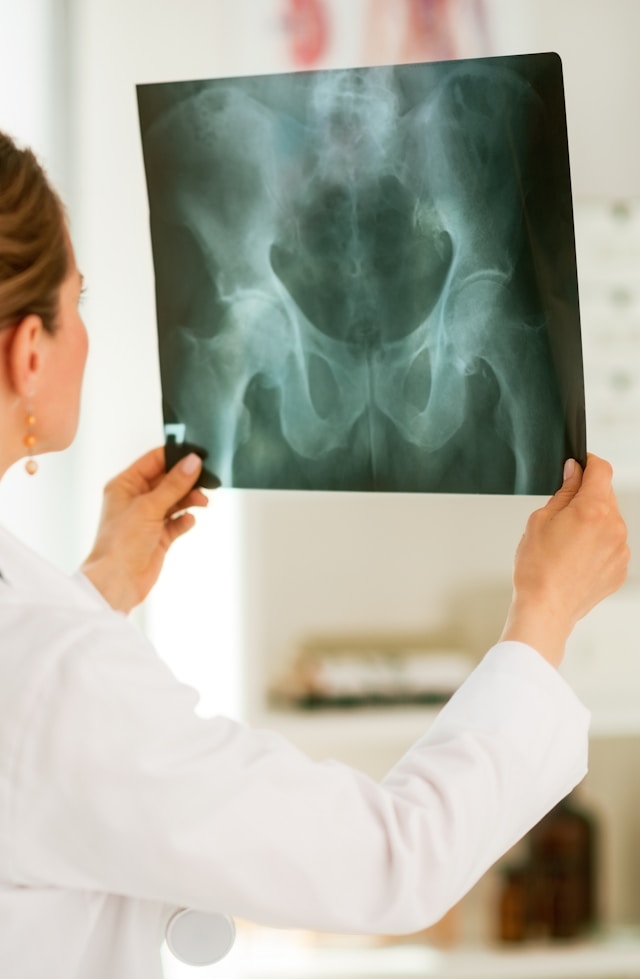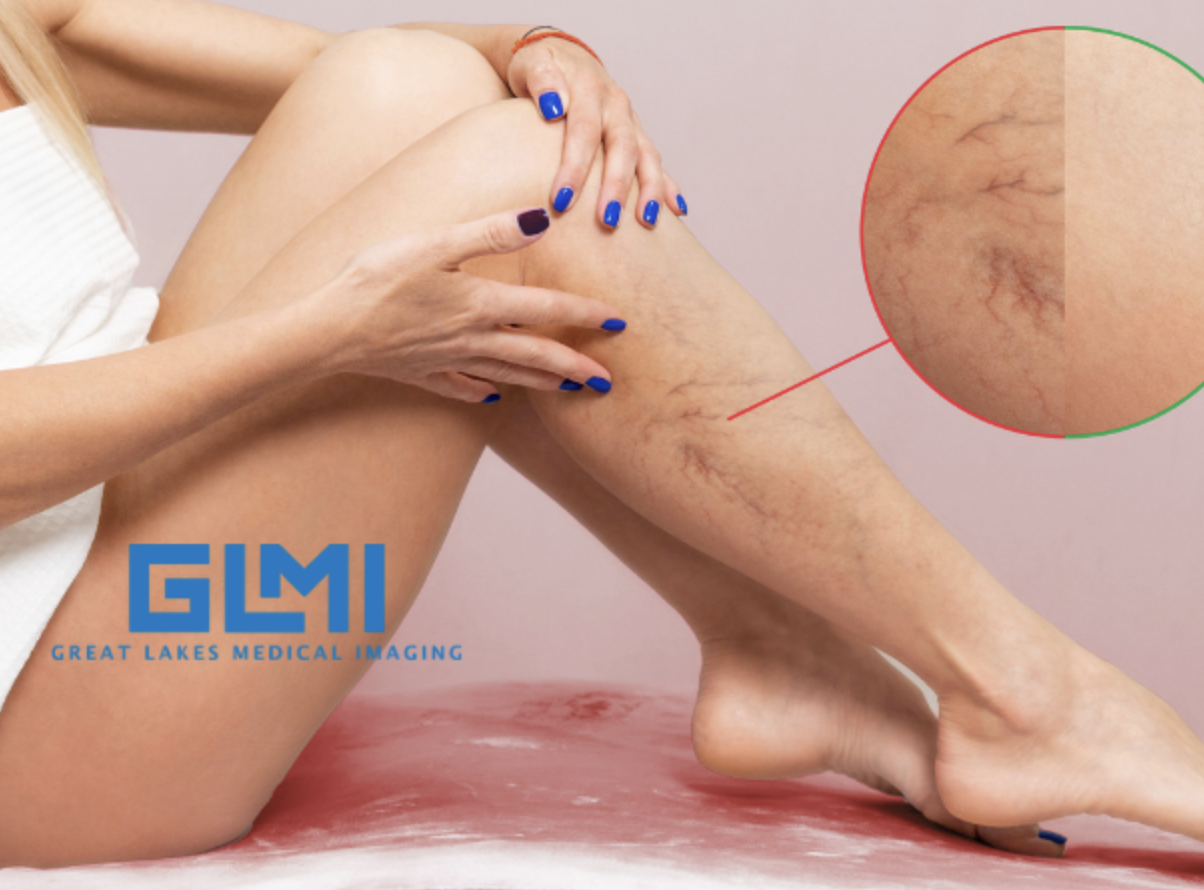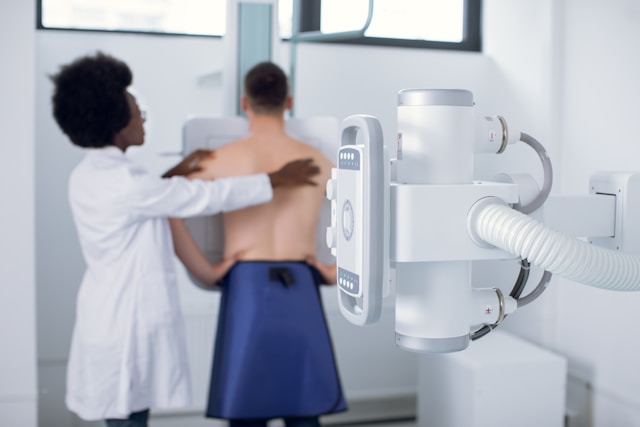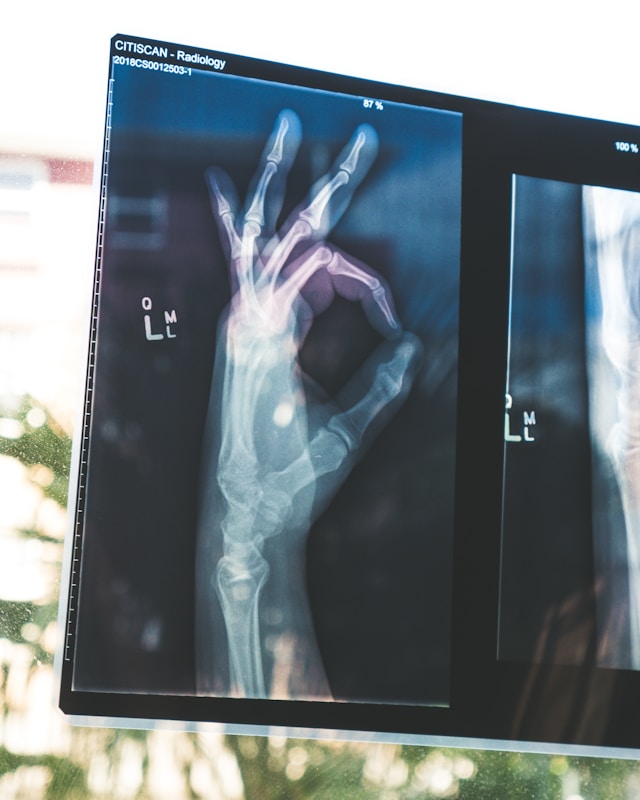Our Blog
How Does Diagnostic Imaging Improve Arthritis Treatment Plans?

Arthritis is a common but complex condition that affects millions of people and can significantly impact quality of life. For many arthritis patients, effective treatment requires an individualized plan tailored to their specific needs and the progression of their condition. Diagnostic imaging plays a critical role in this process, helping healthcare providers make informed decisions about treatment options and adjustments over time. At Great Lakes Medical Imaging (GLMI), we offer advanced diagnostic imaging services in Buffalo, NY, and Western NY to support arthritis treatment and provide patients with the best care possible.
In this article, we explore how diagnostic imaging improves arthritis treatment plans and why regular imaging is essential for managing the disease.
Why Diagnostic Imaging Is Important for Arthritis Treatment
Understanding Arthritis and Joint Health
Arthritis encompasses a range of conditions that cause joint inflammation, pain, and stiffness. The most common forms of arthritis are:
- Osteoarthritis (OA): This is a degenerative condition where the cartilage in the joints wears down over time, causing pain and limiting joint function.
- Rheumatoid Arthritis (RA): An autoimmune disease in which the body’s immune system attacks the joints, causing inflammation, pain, and potential joint damage.
- Psoriatic Arthritis: Often associated with the skin condition psoriasis, this type of arthritis affects both the skin and joints.
Regardless of the type, arthritis is a progressive condition, meaning it tends to worsen over time. Diagnostic imaging helps identify the extent of joint damage and tracks the disease’s progression, which is essential for designing an effective treatment plan.
Types of Diagnostic Imaging for Arthritis
X-Rays
X-rays are often the first imaging tool used to diagnose and monitor arthritis. They are particularly effective for detecting changes in bone structure, such as:
- Joint space narrowing: X-rays can show the reduction in the space between bones, indicating cartilage loss, a hallmark of osteoarthritis.
- Bone spurs: X-rays can detect osteophytes, or bony growths, that develop in osteoarthritis.
- Bone erosion: In rheumatoid arthritis, X-rays can reveal erosion in the bones near affected joints, indicating an aggressive form of the disease.
X-rays are non-invasive, quick, and relatively low-cost, making them a valuable tool for initial diagnosis and regular monitoring.
MRI (Magnetic Resonance Imaging)
MRI is especially useful for detecting soft tissue and cartilage damage. MRI scans use strong magnetic fields and radio waves to create detailed images of the body’s internal structures, making it possible to see:
- Soft tissue inflammation: MRI can reveal inflammation in ligaments, tendons, and the synovial membrane (the tissue lining the joint), which is common in rheumatoid arthritis.
- Cartilage damage: MRI provides clear images of cartilage, helping to detect early signs of wear in osteoarthritis.
- Bone marrow edema: MRI can detect changes within the bone marrow, which may indicate early rheumatoid arthritis or other inflammatory joint conditions.
MRI is particularly useful for early diagnosis and for patients who do not yet have visible bone damage but experience joint pain and stiffness.
Ultrasound
Ultrasound is a non-invasive imaging method that uses sound waves to visualize soft tissues, such as tendons, ligaments, and fluid-filled sacs around the joints. It is useful for:
- Assessing joint inflammation: Ultrasound can detect excess fluid in the joints, a common sign of inflammation in rheumatoid and psoriatic arthritis.
- Guiding joint injections: Ultrasound helps ensure that joint injections, such as corticosteroids, are precisely placed for maximum effectiveness.
- Detecting blood flow abnormalities: Doppler ultrasound, a specialized ultrasound technique, can assess blood flow within inflamed joints, providing insights into disease activity in rheumatoid arthritis.
At GLMI, our skilled team uses ultrasound to assess arthritis progression and aid in treatment decisions, especially for patients who experience inflammation and swelling.
CT Scans (Computed Tomography)
CT scans create detailed, cross-sectional images of the body using X-rays. While they are less commonly used for arthritis diagnosis, CT scans can be helpful in cases where complex joint structures, such as the spine, need to be examined in detail. CT scans are useful for:
- Detailed bone imaging: CT scans can provide clear, three-dimensional images of bones, which is helpful for assessing complex joint structures.
- Planning for surgery: For arthritis patients who may require joint replacement or other surgical interventions, CT scans provide detailed images that surgeons use for planning.
CT scans offer a level of detail that is beneficial in cases where joint surgery may be necessary to manage severe arthritis symptoms.
How Diagnostic Imaging Improves Arthritis Treatment Plans
Personalizing Treatment
Diagnostic imaging allows healthcare providers to personalize arthritis treatment plans based on the individual’s specific condition. For instance, X-rays can reveal if a patient has mild, moderate, or severe cartilage loss, which can help doctors determine whether to recommend lifestyle modifications, medications, physical therapy, or more advanced treatments.
With a better understanding of the patient’s joint health, healthcare providers can select the most effective treatments, such as:
- Physical therapy and exercise: For early-stage arthritis, treatment may focus on physical therapy to strengthen muscles around the joints and improve mobility.
- Medication adjustments: If imaging shows worsening joint damage, doctors may recommend anti-inflammatory drugs, corticosteroids, or other medications to manage pain and inflammation.
- Minimally invasive procedures: Imaging can guide procedures such as corticosteroid injections directly into the affected joints, providing targeted pain relief.
Monitoring Disease Progression
Arthritis is a progressive disease, and tracking its progression is essential for effective management. Regular diagnostic imaging allows healthcare providers to:
- Monitor cartilage loss and bone erosion: By comparing images over time, doctors can assess how quickly arthritis is advancing and adjust treatment as necessary.
- Evaluate the effectiveness of treatments: Imaging shows whether current treatments are slowing disease progression, helping providers make informed adjustments to treatment plans.
- Identify changes in disease activity: For patients with rheumatoid arthritis or other inflammatory forms of arthritis, imaging can reveal periods of increased inflammation, known as flare-ups, which may require more aggressive treatment.
At GLMI, we work closely with patients and their healthcare providers to ensure that imaging results are used to make data-driven decisions that improve long-term outcomes.
Planning for Surgical Intervention
In severe cases of arthritis where joint damage has progressed significantly, surgery may be the best option for restoring mobility and reducing pain. Diagnostic imaging plays an essential role in:
- Determining surgical necessity: Imaging can help doctors decide if joint replacement or other surgical options are necessary based on the extent of joint damage.
- Planning the procedure: Detailed imaging, such as MRI or CT scans, provides surgeons with a clear view of the joint structure, helping them plan the most effective surgical approach.
For patients considering surgery, diagnostic imaging provides a roadmap, ensuring that surgeons have the information needed to deliver the best possible outcomes.
Why Choose GLMI for Arthritis Imaging in Buffalo, NY?
Advanced Imaging Technology
At Great Lakes Medical Imaging, we use the latest technology to provide high-quality imaging for arthritis diagnosis and monitoring. Our state-of-the-art equipment ensures clear, accurate images that help healthcare providers make informed treatment decisions.
Experienced Radiologists
Our team of board-certified radiologists has extensive experience in diagnosing and monitoring arthritis through imaging. They work closely with your healthcare provider to interpret imaging results and provide recommendations for your treatment plan.
Convenient Locations Across Western NY
With multiple locations throughout Buffalo, NY, and Western NY, GLMI makes it easy to access diagnostic imaging services close to home. Our convenient locations and flexible scheduling options ensure that you receive the care you need when you need it.
Take Action Today
Schedule Your Arthritis Imaging Appointment
If you are living with arthritis, regular imaging is essential for tracking the progression of your condition. Contact us today to schedule your diagnostic imaging appointment at Great Lakes Medical Imaging. Our team is here to provide the highest quality care and support for all your imaging needs.
Consult with Your Healthcare Provider
If you’re unsure how often you need imaging to monitor your arthritis, consult with your healthcare provider. They can guide you on the appropriate imaging schedule and work with our team at GLMI to ensure you receive the best care possible.
Contact Us for Comprehensive Arthritis Imaging Services in Buffalo, NY
At GLMI, we are committed to providing comprehensive imaging services to help arthritis patients manage their condition effectively. Our advanced technology and experienced staff ensure that you receive the highest quality care. If you have any questions or need to schedule an appointment, please contact us today.
Medical Disclaimer
This article is for general informational purposes only and is not a substitute for professional medical advice. Always consult with a qualified healthcare provider regarding any medical conditions or concerns you may have.
‹ Back









